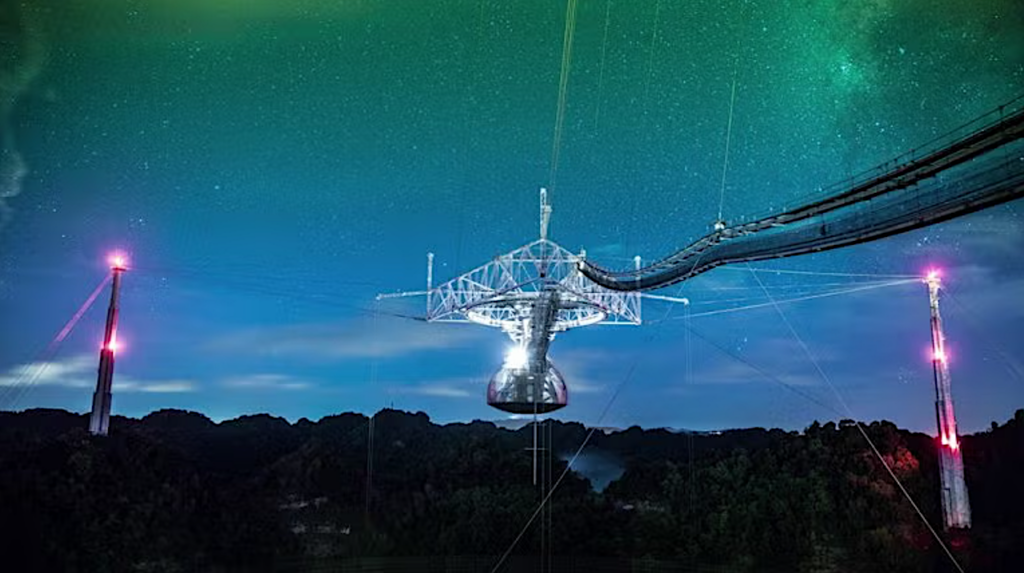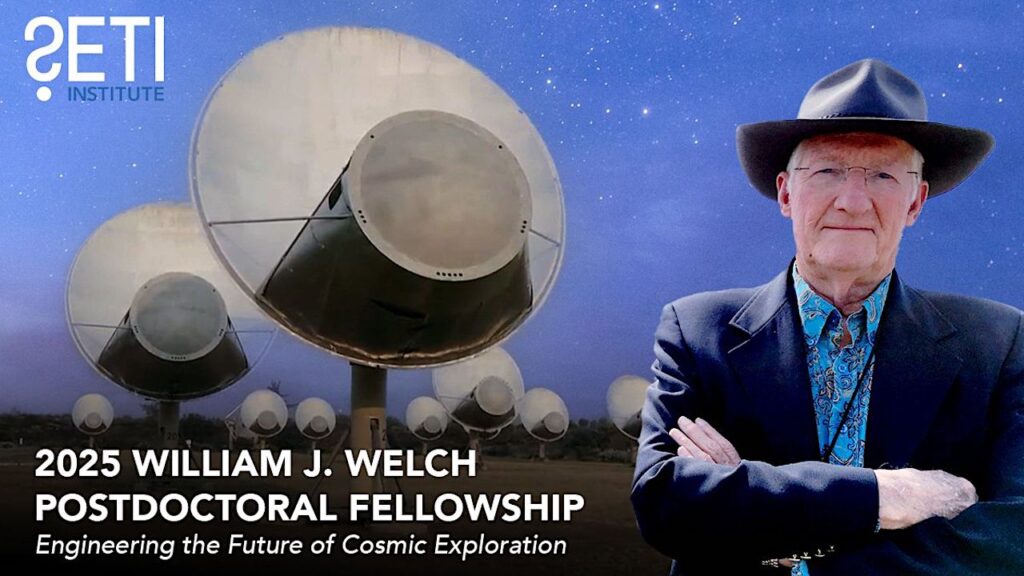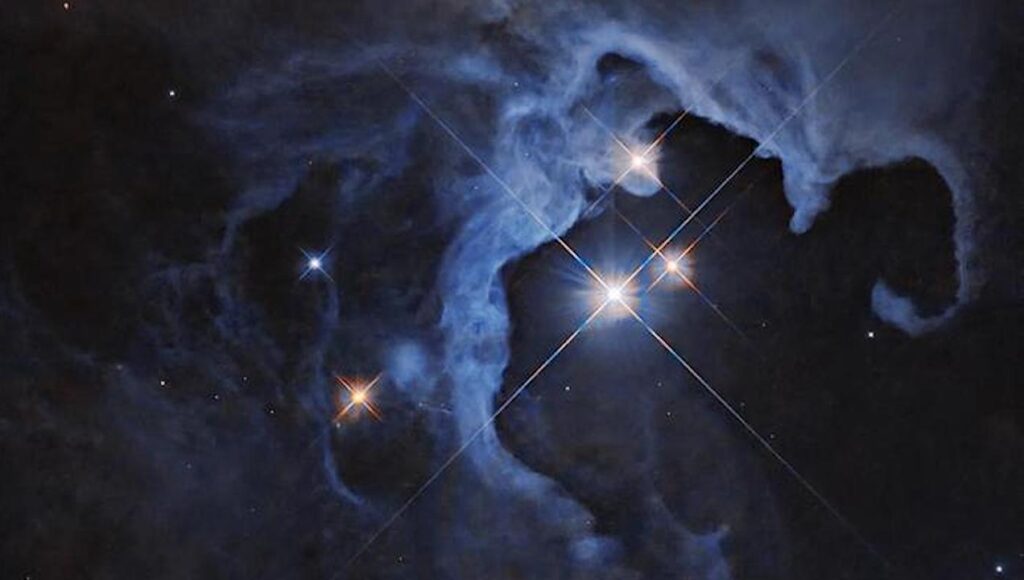Dyson Spheres

I review the origins and development of the idea of Dyson spheres, their purpose, their engineering, and their detectability. I explicate the ways in which the popular imagining of them as monolithic objects would make them dynamically unstable under gravity and radiation pressure, and mechanically unstable to buckling.
I develop a model for the radiative coupling between a star and large amounts of material orbiting it, and connect the observational features of a star plus Dyson sphere system to the gross radiative properties of the sphere itself. I discuss the still-unexplored problem of the effects of radiative feedback on the central star’s structure and luminosity. Finally, I discuss the optimal sizes of Dyson spheres under various assumptions about their purpose as sources of low-entropy emission, dissipative work, or computation.
Jason T. Wright
Comments: Invited review. 21pp, 1 figure
Subjects: Earth and Planetary Astrophysics (astro-ph.EP); Solar and Stellar Astrophysics (astro-ph.SR)
Journal reference: Serbian Astronomical Journal 200 (2020) 1-18
DOI: 10.2298/SAJ2000001W
Cite as: arXiv:2006.16734 [astro-ph.EP] (or arXiv:2006.16734v1 [astro-ph.EP] for this version)
Submission history
From: Jason Wright
[v1] Tue, 30 Jun 2020 12:45:18 UTC (157 KB)
https://arxiv.org/abs/2006.16734
Astrobiology, SETI








